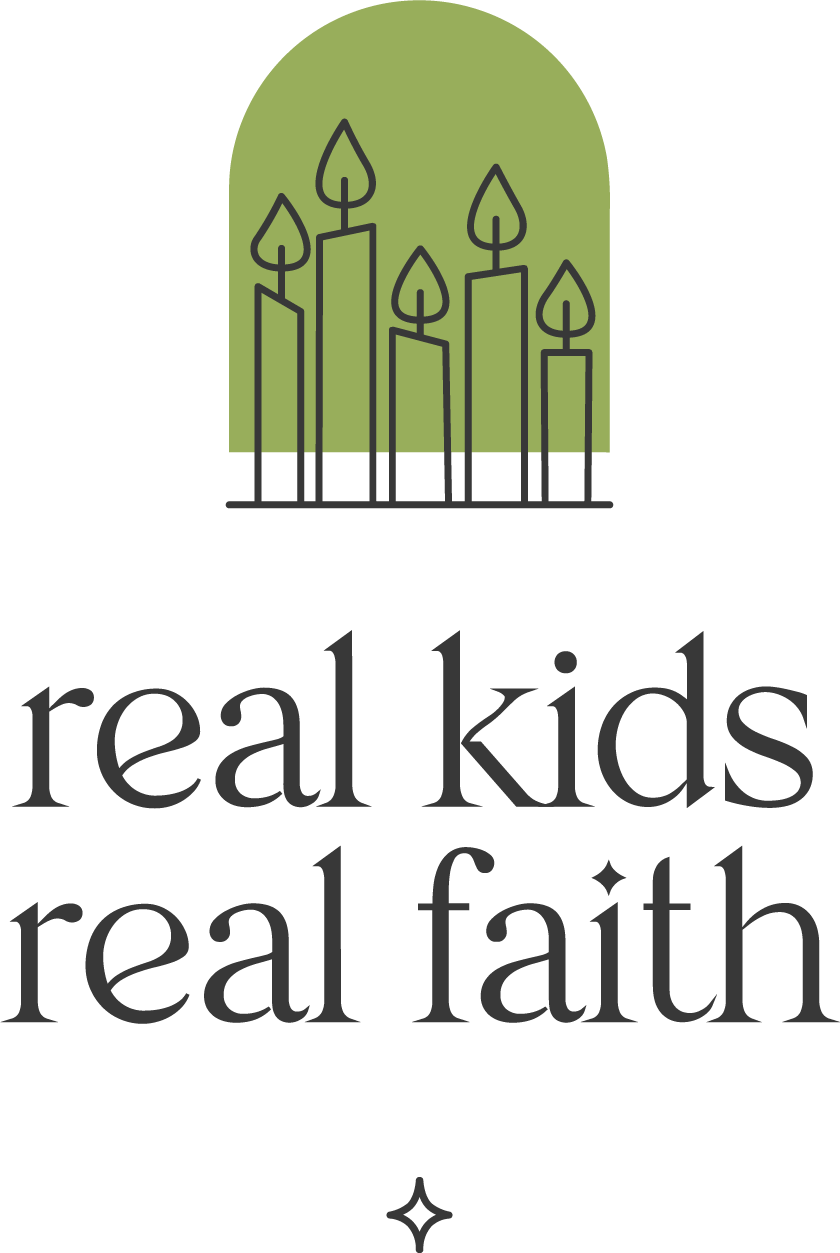Easter, like many holidays, is both a religious and cultural event. Some families focus on the Christian aspect, some embrace the cultural traditions, and many celebrate both. There are a wide range of activities that mark Easter festivities, from Easter eggs and Easter baskets in North America to kites in Bermuda, fireworks displays in Italy, and water fights in Hungary. Each is designed to highlight community values and spirituality in joyful ways.
This Easter weekend, invite children to explore some of the ways that people in other places mark the holiday. If a practice highlights spiritual values that your family or group shares, consider trying it out for yourselves as a way of connecting across cultural boundaries.
Flying kites. Bermuda holds a huge kite-flying festival on the Friday before Easter (Good Friday to Christians). Families build (or buy) colorful kites and set them free to dance in the wind. They symbolize emerging from the weight of winter into the lightness of spring, where hopes soar. Christians also see the kites as symbols of Jesus rising from the dead and ascending to heaven.
Throwing water. Rites of spring often focus on being fresh and new. In Hungary and Poland, communities celebrate by holding a huge water fight on the Monday after Easter. Children and adults sprinkle, squirt, and dump water on one another to symbolize washing themselves clean of the past and new beginnings. For Christians, this ritual recalls the baptism of Jesus and their own baptisms.
Tapping eggs. Many families dye hard boiled eggs as part of their Easter celebration. A Greek tradition offers a new way to build on that practice: playing a game of egg tapping. Each person selects a colored egg and then participants take turns tapping their eggs together. The goal is to crack others’ eggs without cracking your own. Whoever holds the last uncracked egg wins (and then it’s time to start the game all over again with new eggs)!
Making omelets. Another egg celebration comes from Bessières, France, where every Easter the town cooks a gigantic omelet for everyone to enjoy. Families contribute eggs – 15,000 in total – and volunteer chefs whip up the dish in a 13-foot wide pan and serve the crowd. It’s a celebration of sharing, collaboration, and generosity that families can imitate on a smaller scale with a neighborhood or extended family ‘supersized’ omelet of your own making.
Building bonfires. In the Northern Hemisphere, Easter marks the end of winter darkness and the welcome light of spring. However, the weather and the calendar rarely align that neatly. In Germany, where it is often still cold and dreary, families build fires in a fire pit or fireplace to chase away the darkness. You could even pop popcorn or roast marshmallows!
Decorating walkways. In many Latin American countries, communities decorate their sidewalks and plazas with colorful designs (alfombras) before Easter processions. Guatemalans use colored sawdust and other materials to carpet pathways with religious and cultural images, as well as abstract designs. Sidewalk chalk doesn’t have quite the same effect, but kids can use it to serve the same purpose: to remind walkers of important spiritual and cultural stories and symbols.

Comments